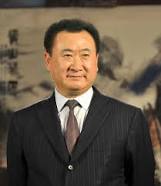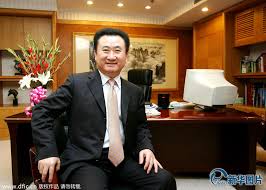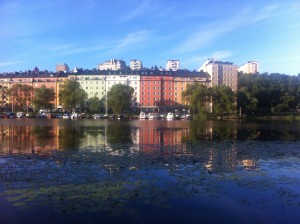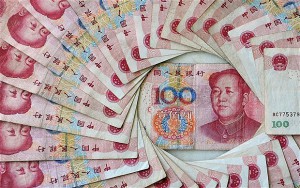HANGZHOU, Aug. 19 (Greenpost) — Wang Jianlin, chairman of China’s property and entertainment giant Dalian Wanda Group, has overtaken Hong Kong’s Li Ka-shing to become the richest Chinese in the world, according to the new Hurun Rich List, reported Xinhua.

Wang’s wealth increased more than 50 percent year on year to 260 billion yuan (40.6 billion U.S. dollars) as of early June, Hurun Research Institute said in a press release on Wednesday.

Hong Kong tycoon Li Ka-shing, 87, was the second richest with a fortune of 200 billion yuan and Jack Ma, founder and chairman of Internet giant Alibaba, was named third richest with wealth of 165 billion yuan.
The list includes 1,577 tycoons from 18 countries and regions worth a minimum 2 billion yuan. Of those listed, 302 are from Kong Kong, Macao, Taiwan and foreign countries.
Their combined wealth was 12.7 trillion yuan, equalling the annual gross domestic product of Russia.

Rupert Hoogewerf, chair and chief Hurun Report researcher, said that Hurun had released this first rich for Chinese worldwide in response to global attention given to Chinese business people.
Hurun has released a China Rich List since 1999.
Wang Jianlin started with real estate. In 2001, at a real estate yearly meeting, he was there together with Feng Lun, Alex Xu and Liu Yonghao as keynote speaker. 14 years later, he became the first richest Chinese while the others still very rich, but mostly focusing on real estate.
Wang has been transforming his real estate into cinemas and entertainment site. He also collected a lot of world famous art works.
He thinks internet is just a tool while Jack Ma is using internet to make numerous shops. Let’s see what will happen in the next 14 or 15 years.
Wang was born in Oct. 24, 1954. He joined the Chinese army in 1970 and graduated from Liaoning University in 1986.
Wang’s success benefitted from China’s opening up policy and the support of governments at various levels. It was also his own and his team’s wisdom to understand the leader’s will and transform his group a couple of times according to the trend.
Source Xinhua
Editor Xuefei Chen Axelsson






